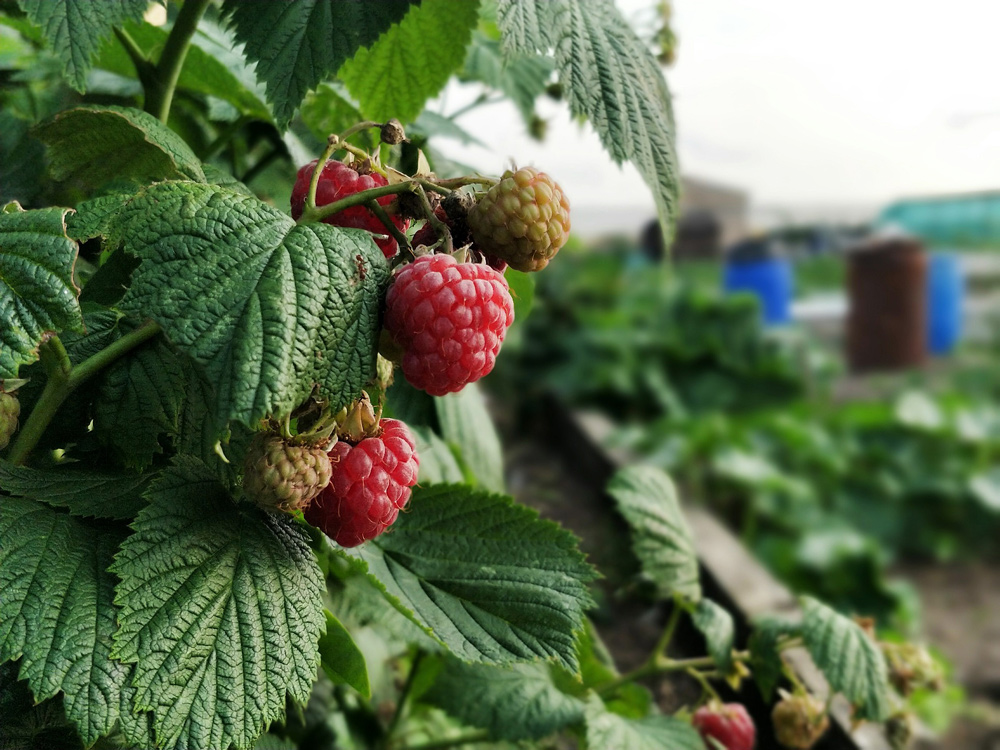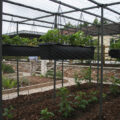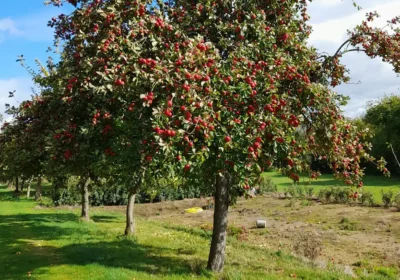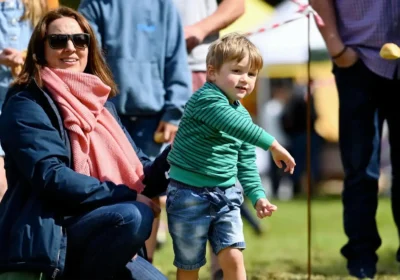By Sally Gregson.
The sight of soft red fruit ripening in the sun is as mouth-watering – or beak-watering – to any passing bird as it is to us gastronauts.
Anyone who has tried to grow a crop of summer raspberries, strawberries or redcurrants knows from bitter experience that birds get up at sunrise, long before gardeners are awake, and eat every ripe berry. It can be extremely frustrating to expend lots of time and energy nurturing a crop of soft fruit only to find a few discarded pips in the morning.
The winter months are just the time to plant up a tailor-made fruit cage with bushes of favourites to thwart the raiders. But first, before planting anything, it pays to improve the soil with plenty of home-made compost or a load of well-rotted manure. It is possible in most areas to buy a delivered load of mushroom compost mixed with very well-rotted manure that is more or less sterile – that is it has no weed seeds. Spread a 5-10cm mulch over the entire area and dig it in when planting.
Some soft fruit is especially sweet and juicy, and almost unobtainable commercially. Autumn-fruiting raspberries are delicious and extra precious in September when they fruit in quantity ready for the freezer.
And plant breeders have turned their attentions to blackberries too. Of course, the wild ones are plentiful in the hedgerow, but try one or two huge black juicy Karaka Black and the taste is phenomenal. They burst with flavour.
Strawberries are always sought-after by birds, and mice, which are prepared to go to great lengths to feast on them. Try growing a few in hanging baskets out of their way. The perpetual fruiting variety, ‘Mara des Bois’ is a hybrid between a modern cultivar and the wild alpine strawberry with a juicy, aromatic flavour. They are a speciality of French fruit markets and worth every moment with a watering can. You will never go back to the strawberries of old.











Leave a Reply